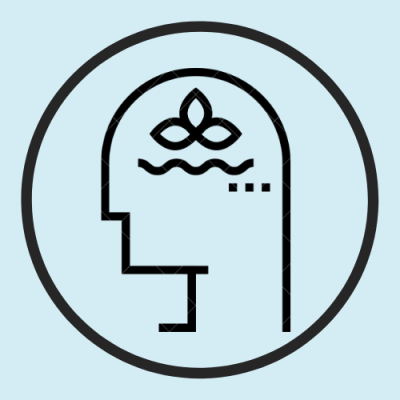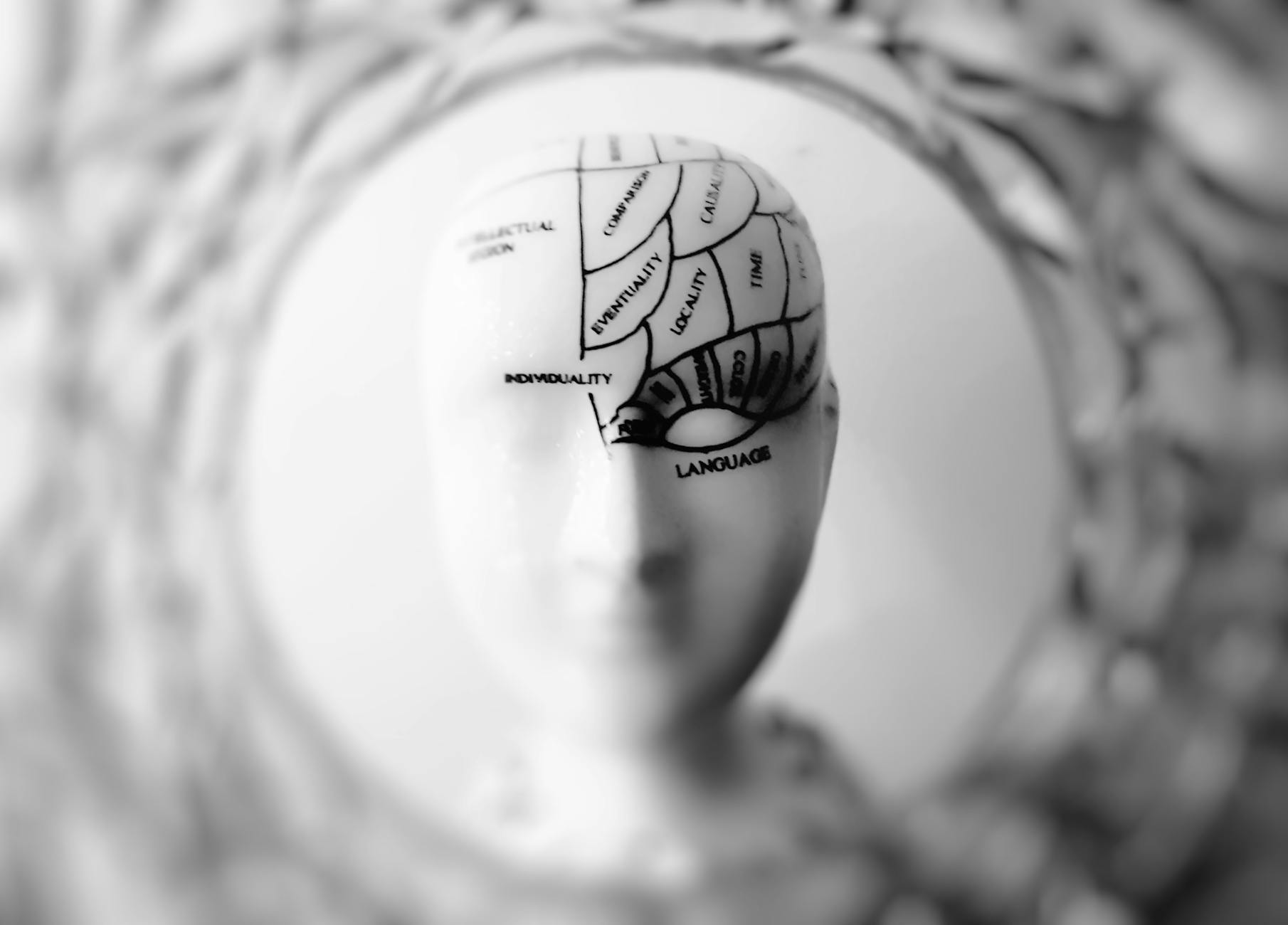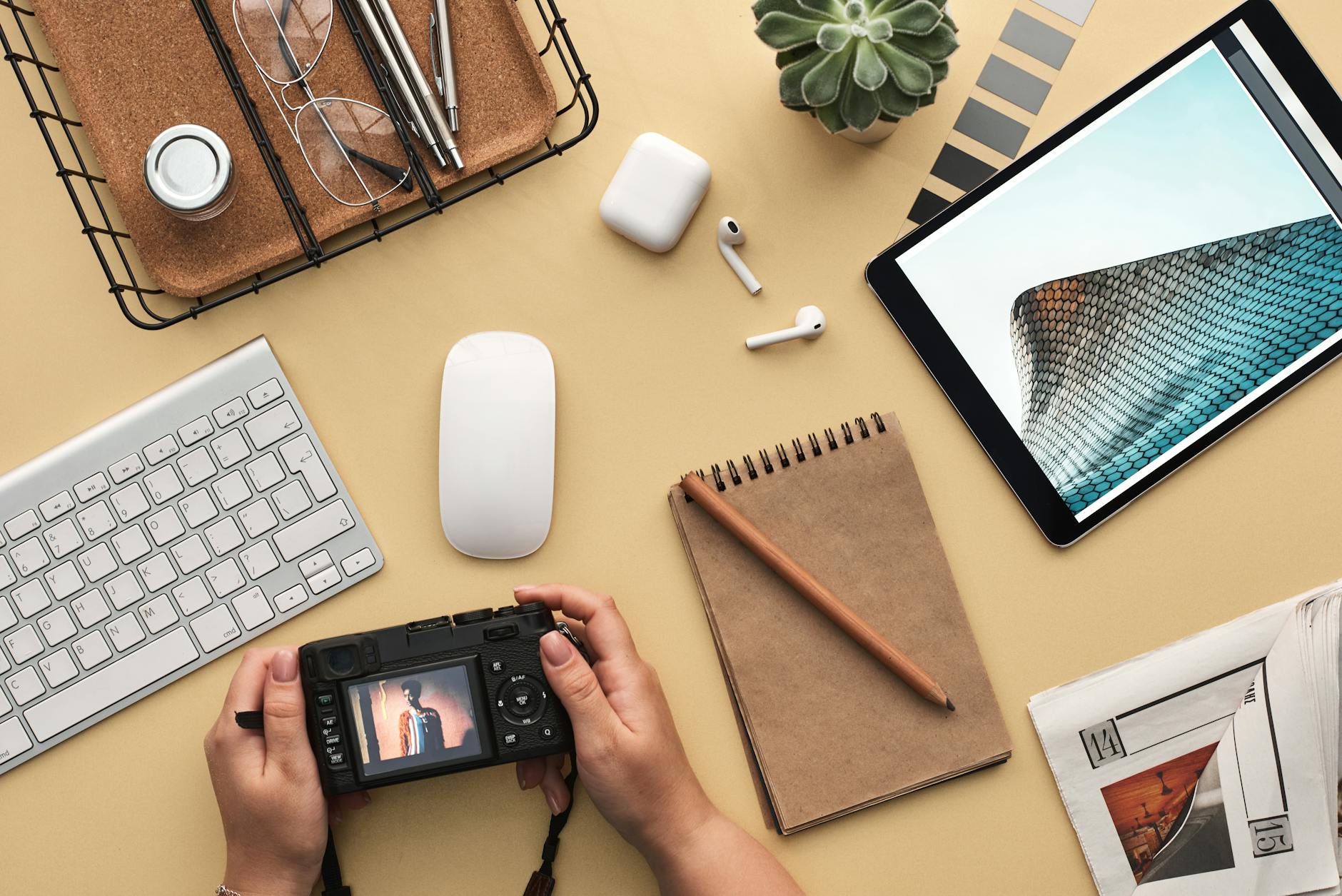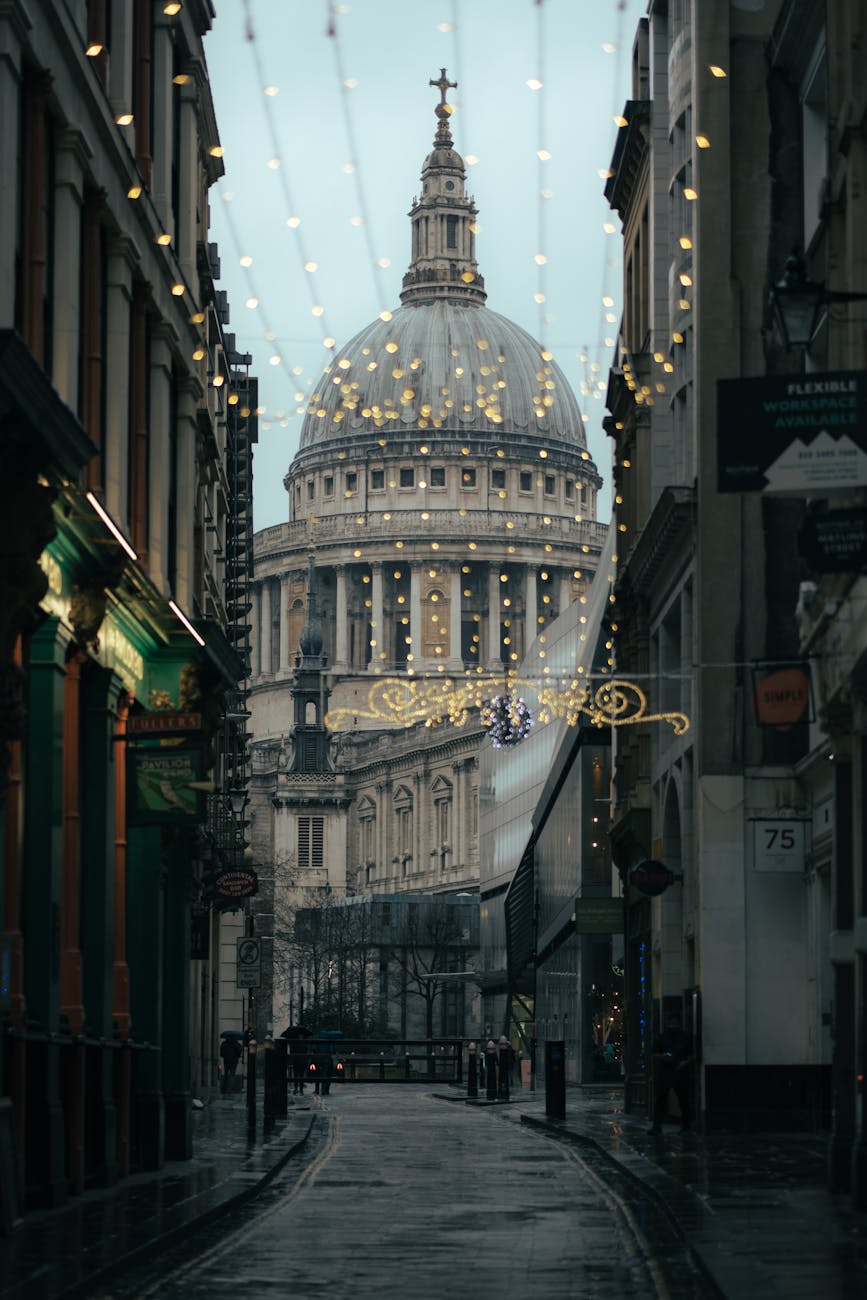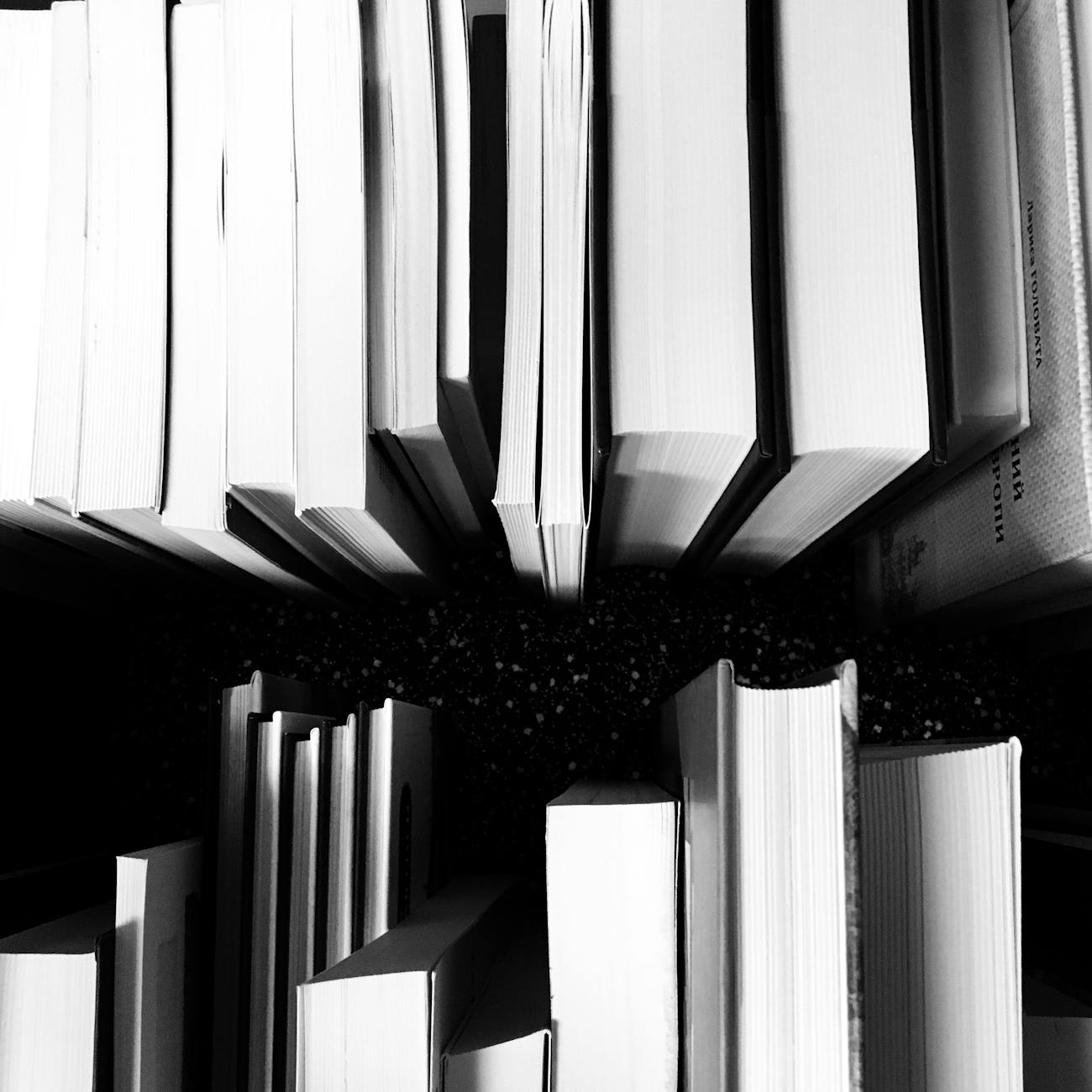
I started this year with a strange mix of endings and fresh beginnings. The email confirming my promotion to full professor arrived in early January while I was making coffee, and I remember feeling not triumph but a kind of wry tenderness towards my younger self who had wanted this so badly. Titles come long after the inner effort that earns them, and the moment of arrival is often anticlimactic, yet it still signifies something. Three months later, I stepped down after six years as Associate Dean, closing a chapter of leadership that had greatly shaped my professional identity.
At the beginning of the year, I set a Goodreads challenge to read 52 books, mostly as a reminder to read not only in my discipline but also beyond it, and to let myself wander into other registers. What I didn’t expect was just how deeply the year’s reading would fold into everything else I was doing. The books became companions to the rhythms of the sabbatical, to the shifting layers of my personal work, and to the communities that formed around me as welcomed additions.
One of the brightest of those communities was the Surbiton Literary Salon, first dreamed up over dinner in January with the simplest impulse: the desire to talk about books in good company at my local pub. We began with a handful of us in a small room in our local, a bottle of wine circulating and no agenda beyond the shared pleasure of reading. That little gathering grew into a genuinely warm and inspirational group that expanded month after month, and together we travelled from the quiet, meditative brilliance of Samantha Harvey’s Orbital to the philosophical charm of The Elegance of the Hedgehog, a book that sparked one of our liveliest discussions about intelligence, loneliness, and the elegance of human contradiction. From there, we moved through Days at the Morisaki Bookshop, which reignited my intense desire to visit Japan, and The Satsuma Complex, which divided the group’s opinions more than any other.
Angela Thirkell’s Wild Strawberries brought a welcome return to lightness, those bright, English comic notes that somehow disguise their structural precision. Harriet Tyce’s Blood Orange plunged us into a much darker register, and it was astonishing how different members of the group held different emotional keys to it. And then The Resilience Project brought an earnestness and sincerity that balanced the year’s heavier themes. The Women opened unexpectedly deep discussions about duty, silence, and the emotional architecture of courage, and Festive Spirits by Kate Atkinson arrived just as the nights grew longer. By the end of the year, the Salon had become, for me and the 15 or so of us who gather every month in a friend’s well-appointed front room, a steady, quietly joyful ritual of sharing our reflections on books. A reminder that literature is not an individual encounter but a relational one.
Parallel to this, I began leading a Sunday evening Course in Miracles study group, which continues to deepen. Guiding a group through A Course in Miracles is a very different kind of teaching that depends less on interpretation and more on presence. We read it in philosophical, ecumenical language, without doctrinal commitments, which seems to open a gentler, more spacious terrain. Each week invites a shift in perception: forgiveness not as moral duty but as a choice of vision, responsibility not as blame but as agency, devotion not as obedience but as attention. The text asks much of us—stillness, honesty, love—and somehow the group met it with all three.
Then there was The Art of Creative Practice, the coaching and creative development circle I founded on Meetup. I began it lightly in September with free coworking sessions, almost experimentally, but it quickly grew into one of the most rewarding parts of my year. The group attracted writers, artists, and creatives of all stripes who were less interested in productivity hacks than in understanding the emotional and psychological textures that underpin their work. What has struck me most is the courage people have brought to the process, the willingness to inhabit contradiction and complexity with humour and grace. It reminded me again that creativity is not a technique but a relationship with one’s own inner landscape.
All of this shaped the way I read. Books became part of an ongoing unfolding of my year, sometimes offering clarity, sometimes challenge, sometimes simple companionship. Elaine Aron’s The Highly Sensitive Person and Judith Orloff’s The Empath’s Survival Guide, for example, woven between sessions of creative coaching, gave me new language for the quieter traits that many group members shared but rarely articulated. These texts reframed sensitivity not as fragility but as attunement, something to be cultivated, not resisted. It created echoes with other books I encountered this year that explored the subtler dimensions of mind and meaning: Steve Hagen’s Buddhism Plain & Simple, Yung Pueblo’s Clarity & Connection, and Marianne Williamson’s writings on the intersections of love, perception, and the ethical imagination. Attending a live weekend workshop with Williamson this summer was one of my highlights of the year.
Money and prosperity, too, became an unexpected theme, not in the acquisitive sense, but as a study of relationship and mindset. Lynne Twist’s The Soul of Money, Catherine Ponder’s The Dynamic Laws of Prosperity, and Joseph Murphy’s The Power of Your Subconscious Mind all, in different ways, opened space for reconsidering the beliefs we inherit about value, sufficiency, and trust. These books arrived alongside my own work in reshaping my financial habits and sense of abundance, and they echoed the larger project of creating a life that feels aligned, intentional, and quietly elegant.
Some books were simply pleasures that reoriented me. Maugham’s The Magician—a thinly veiled portrait of Aleister Crowley—was delightfully pulpy and relevant to my occult research. Fiction formed its own thread of discovery. Reading Madame Bovary again reminded me of the surgical precision of Flaubert’s attention, the cruelty and tenderness interwoven in the same gesture. Garcia Marquez’s One Hundred Years of Solitude returned me to a world that felt like a dream I once lived inside, a universe where the magical and the mundane breathe the same air. Faulkner’s The Sound and the Fury challenged me all over again, as it always does, and Brave New World felt unnervingly prescient (and not at all what I remember it being when I read it years ago).
As I write this, I’m preparing the next cycle of work, finishing my book, continuing The Art of Creative Practice, deepening into the Course in Miracles Study Group, tending the Surbiton Literary Salon, and beginning several new coaching cohorts in the new year. If this year taught me anything, it’s that intellectual life thrives when held in community, when nourished by a wide diet of ideas, and when approached not with performance but with presence. Here’s to another year of reading, learning, becoming—and to the books that will meet us where we are, and gently carry us somewhere new.
My 2025 Reading List
- Ackroyd, Peter, Introducing Swedenborg
- Aron, Elaine N., The Highly Sensitive Person
- Atkinson, Kate, Festive Spirits: Three Christmas Stories
- Barbery, Muriel, The Elegance of the Hedgehog
- Brann, Amy, Neuroscience for Coaches
- Brookner, Anita, Hotel du Lac
- Brown, Dan, The Secret of Secrets
- Caine, Margaret, Footloose in Cornish Folklore
- Chanek, Jack, Tarot for the Magically Inclined
- Chaucer, Geoffrey, The Canterbury Tales
- Cuylenburg, Hugh van, The Resilience Project
- Davies, Owen, Art of the Grimoire
- Dean, Liz, The Ultimate Guide to Tarot Spreads
- Eggers, Dave, The Monk of Mokha
- Faulkner, William, The Sound and the Fury
- Fitzgerald, F. Scott, The Great Gatsby
- Flaubert, Gustave, Madame Bovary
- Garcia Marqués, Gabriel, One Hundred Years of Solitude
- Hagen, Steve, Buddhism Plain & Simple
- Hannah, Kristin, The Women
- Harvey, Samantha, Orbital
- Hayes, Nick, Wild Service
- Hollinghurst, Alan, Our Evenings
- Holiday, Ryan, Courage Is Calling; Right Thing, Right Now
- Horowitz, Mitch, Occult America
- Houston, Keith, The Book
- Kerr, Gordon, A Short History of Coffee
- Matthews, Michael, Bigger Leaner Stronger
- Matousek, Mark, Lessons from an American Stoic
- Mortimer, Bob, The Satsuma Complex
- Morlok, Franziska, Bookbinding
- Murphy, Joseph, The Power of Your Subconscious Mind
- Osman, Richard, The Impossible Fortune
- Ponder, Catherine, The Dynamic Laws of Prosperity
- Pueblo, Yung, Clarity & Connection
- Saumarez Smith, Ferdinand, Eleusis and Enlightenment
- Sertillanges, Antonin,The Intellectual Life
- Shen Congwen, Border Town
- Stibal, Vianna, Seven Planes of Existence; You and the Creator; Digging for Beliefs; Advanced ThetaHealing; ThetaHealing
- Tarbuck, Alice, A Spell in the Wild
- Thirkell, Angela, Wild Strawberries
- Twist, Lynne, The Soul of Money
- Tyce, Harriet, Blood Orange
- Warner, Sylvia Townsend, Lolly Willowes
- Williamson, Marianne, The Law of Divine Compensation; The Mystic Jesus
- Wolynn, Mark, It Didn’t Start With You
- Wynn-Williams, Sarah, Careless People
- Yagisawa, Satoshi, Days at the Morisaki Bookshop
Upcoming Events
Reflect & Reset: Quarterly Planning Workshop
- 5 January | 7.30-9.00 PM GMT | £10
- Register here: https://www.meetup.com/the-art-of-creative-practice/events/311948616
Integrative Meditation
- 12 January | 7.30-8.30 PM GMT | £4
- Register here: https://www.meetup.com/the-art-of-creative-practice/events/311944273
